#delegatecities
Explore tagged Tumblr posts
Text
City of Longevity – the Barcelona Meet-up take away.

At the Smart City Expo World Congress—attended by more than 25,000 people from 800 cities—we partnered with the Barcelona City Council to host a special offsite event, the Barcelona Meetup, for some of the founding members of the City of Longevity global community. This community was established during the inaugural City of Longevity conference in Newcastle in July 2023.
The purpose of the meetup was to provide updates on the progress of the City of Longevity initiative and to gather feedback and insights from city delegates supporting the program. Additionally, our host, the City of Barcelona, shared their strategic plan and the outcomes of key interventions, with a special focus on the impact of Superilles (or superblocks) on longevity.

Here are our takeaways:
1.The format: We engage with the city and its citizens.
Thanks to the support of the Barcelona City Council, we held our meeting at the Sant Antoni market, in the heart of the city. As is our tradition, we aimed to eliminate the divide between 'stage' and 'audience,' fostering a discussion where learning comes through dialogue. The topic of longevity is often confined to cultural domains that overlook behavioural patterns, social circumstances, and environmental factors as key determinants of healthy longevity, where "healthy" is closely tied to quality of life. It’s time to place biology and geography on equal footing. Ultimately, the City of Longevity must be embedded within the city to fully absorb and reflect the cultural norms of the host city.
2. Why do we need a City of Longevity? Because we have no choice.
As noted by Joachim Rautter from Berlin: According to the UN, maintaining a healthy weight, exercising regularly, eating a healthy diet, and not smoking can reduce the risk of developing the most common and deadly chronic diseases by up to 80%. Both our lifespan and healthspan—the period during which we’re not just alive but healthy and enjoying a good quality of life—are significantly influenced by our lifestyle, and lifestyles are shaped by the places we live. Cities are the engine that can help citizens improve their lifestyles from the ground up, as Sally Herbert from Newcastle added.
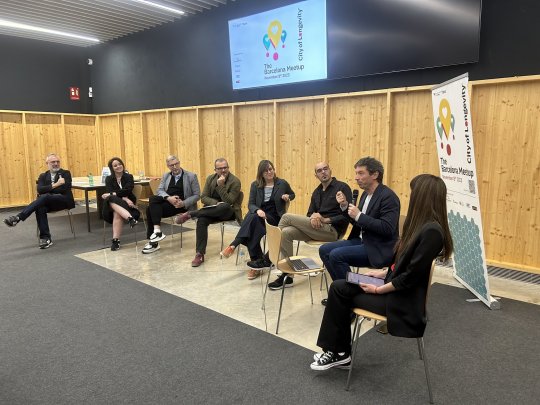
3. Is urban planning a driver for healthy longevity?
The Sant Antoni Market is the epicentre of the Superilles (or superblocks), one of the urban redevelopment projects underway in Barcelona that are literally revolutionizing the concept of public urban spaces, reclaiming for citizens what once seemed to be immovable elements of urban architecture: streets, intersections, and sidewalks.
Much has already been said about Superilles. One of the first studies on their impact suggests that they can contribute to health by reducing both air and noise pollution. However, another study does not confirm whether this strategy encourages people to be more active. It’s too early to draw definitive conclusions. The Superilles still need to transition from being a novelty to becoming a part of everyday life. Thanks to Ariadna Miquel Amengual's enlightening presentation and Daniel Alsina Torra's guided tour of the Superilles, these are our takeaways:
There’s no need to (necessarily) build new spaces; one can intelligently reinvent the existing ones. This is great news for the cities of old Europe, and beyond.
Reinventing existing spaces with people at the centre can foster relationships, encourage walkability, reduce traffic, develop green and cooling areas, expand shared spaces, offer rest and support opportunities, enhance urban connectivity, and reduce air and noise pollution. In our City of Longevity framework, we describe the city as a discreet partner, and the Superilles are a tangible example of this concept.
Changing the architectural context of a space drives behavioural change, affecting both drivers and pedestrians. Pedestrian spaces can be created without demonizing cars or creating ghettos for cyclists, which may be more sustainable and feasible on a larger scale than attempting to completely seal off cities from vehicles.
We’ve likely focused too much on the proximity of services. Proximity also, and perhaps more importantly, means human connection, relationships, and presence. Redesigning spaces is crucial to stimulate this.

4. There is (free) time ahead.
We’ve spent a lot of energy discussing the "15-minute city," but what about the 50 trillion hours of free time we have ahead of us? Collectively, that’s 195 billion hours of leisure per year for those aged 65+ and about 3.9 trillion hours over the next 20 years in the U.S. alone. Considering this phenomenon globally, that's around 50 trillion hours of time affluence—time that needs to be filled with fun, stimulating, nourishing, purposeful, and even transformative activities.
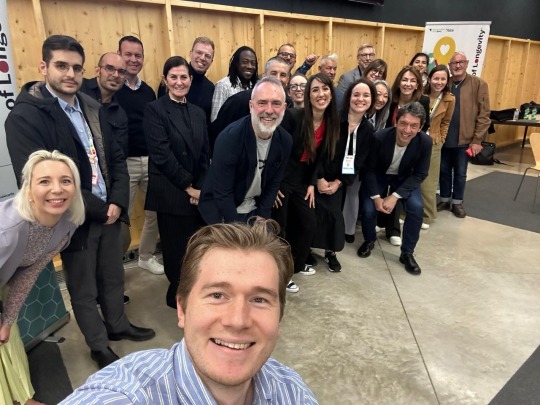
5. Involving citizens is not only right, but also possible.
The experiences of all the cities participating in the debate underscored how citizen involvement and participatory platforms are essential to any discourse on the City of Longevity. It seems obvious, but it’s not always practiced. As Professor Peter Madden said, "Almost none of the innovations on display at the adjacent Smart City World Expo Congress were citizen-driven; there is still a lot of rebalancing to be done." But when done correctly, the benefits to the population and their healthy life expectancy are evident.
6. There is a need for "relationship doctors."
This idea was suggested by Gianluca Galimberti from Cremona. Despite the endemic shortage of doctors, there may be a need to invent new professional roles—relationship doctors, relationship nurses—professionals capable of fostering relationships between citizens when architecture alone is not enough. This role is even more necessary in light of the integration of other cultures into our own.
7. Schools are engines for healthy longevity.
As both Ariadna and Margarita Cejas from Buenos Aires emphasized, schools are not only vital for education but also as spaces for gathering, relationship-building, and fostering the role of children as actors and ambassadors of behavioural change within their families.
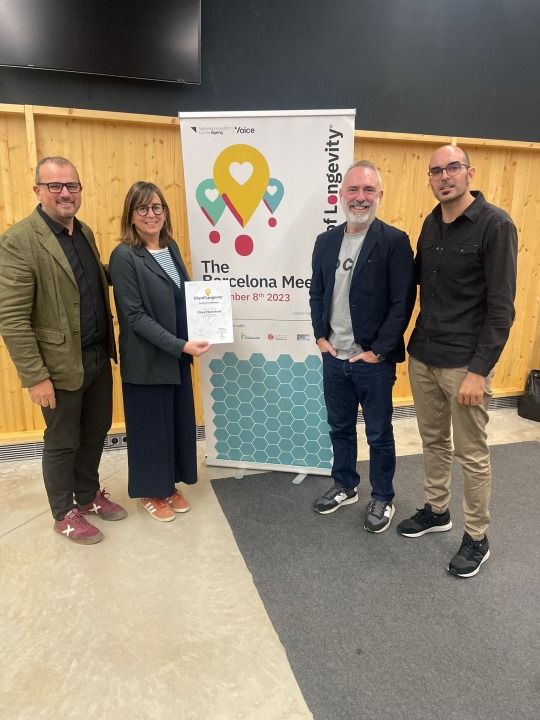

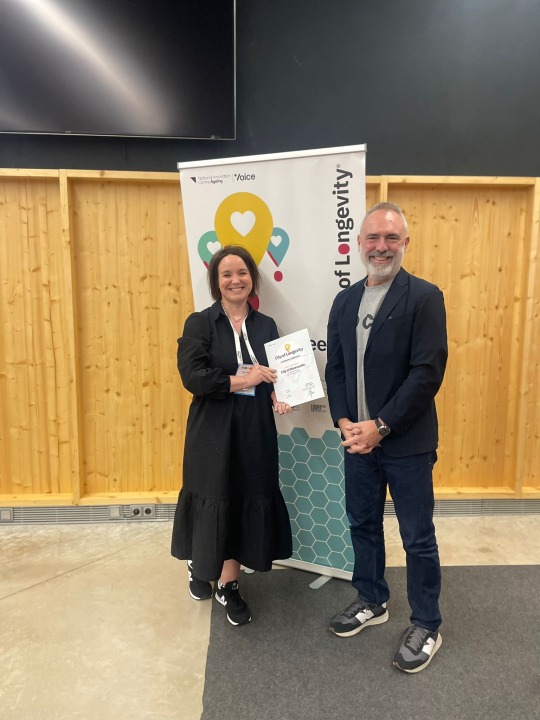
8. Who pays for it?
An orchestrated longevity program needs a budget, and this budget comes from hybrid interactions among all stakeholders. Interventions such as the Superilles yield a return on investment, primarily in society (and, in the long run, by reducing healthcare costs) and in the economy—both local, which benefits from the reclaimed space, and global, which can finally see the trillion-dollar promise of the longevity economy materialize in specific locations. Finally, there’s the data economy. It’s time to engage citizens in a serious discussion about how they can own their digital identity and decide how, and whether, to monetize it. The city must act as an intermediary in this contract, which could revolutionize both the speed of innovation and its sustainability.
#cityoflongevity#dispatchesfromcol#behaviours#barcelona#cremona#newcastle#berlin#buenos aires#superilles#superblocks#event#delegatecities#builtenvironment#urbanplanning#lifestyle
1 note
·
View note
Text
Bergamo City of Longevity

0 notes
Text
Madeira (#Portugal) joins City of Longevity.
1 note
·
View note
Text
City of Longevity: a new paradigm for cities in a longevity society.
issuu
In light of the transition from a rural to an urban society stated in 2008 , the city - now more than ever - has a decisive role to play in triggering and guiding the determinants that influence our health. Considering the transition to a society of longevity, cities can and must amplify the role of "champion of prevention" and be the partner and facilitator of citizens in the path to their healthy longevity. We have learned that it is meaningless to merely treat people for a health condition if we do not address the causes of that condition and actively try, not only to counteract them but also and above all, to prevent them. And the city is the avant-garde ecosystem to implement this action.
0 notes
Text
We know we need to be and stay active. So, can robots help us to move more?

In 1962, an Italian magazine published a story previewing what the world could look like in 2022. We are not far from it. Discover more about our work on cities, walking, and robots. https://lnkd.in/gtYCpJGV
0 notes
Text
#CITY OF LONGEVITY first global conference
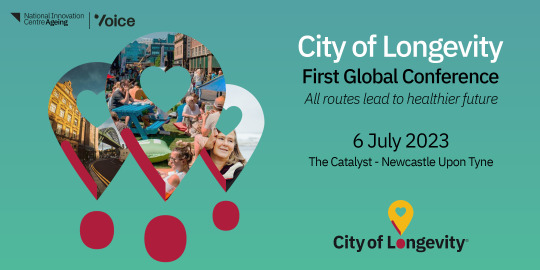
Let's face it, it is unsustainable to keep treating people and then sending them back to the conditions that made them sick in the first place. It is time for a change. It is time to imagine - together, globally - new narratives, tools, and strategies to look at our future. We will host cities and delegates from around the world to discuss how to move from the current models centered on care/reaction to new models centred on prevention/proaction. On #intergenerational dialogue and engagement instead of developing sectoral policies. On leveraging existing touch points so decisive for our health. On leveraging data to give us answers and help us make better decisions. On leveraging vocations and territory to suggest how to improve our #lifestyles. #ageingintelligence #dispatchesfromCoL
0 notes